Greek Sculpture from 800 to 300 BCE took early inspiration from Egyptian and Near Eastern monumental art, and over centuries evolved into a uniquely Greek vision of the art form. Greek artists would reach a peak of artistic excellence which captured the human form in a way never before seen and which was much copied. Greek sculptors were particularly concerned with proportion, poise, and the idealised perfection of the human body, and their figures, especially in their favoured material of bronze, have become some of the most recognisable pieces of art ever produced by any civilization
The larger bronze statues, as in this collection, had a non-bronze core which was sometimes removed to leave a hollow figure. The most common production of bronze statues used the lost-wax technique. This involved making a core almost the size of the desired figure which was then coated in wax and the details sculpted. The whole was then covered in clay fixed to the core at certain points using rods. The wax was then melted out and molten bronze poured into the space once occupied by the wax. When set, the clay was removed and the surface finished off by scraping, fine engraving and polishing. Sometimes copper or silver additions were used for lips, nipples and teeth, and eyes were inlaid. The result was figures which had become sensuous and appeared frozen in action; it seems that only a second ago they were actually alive. Quite simply, the sculptures no longer seemed to be sculptures but were figures instilled with life and verve.
You can read more on Greek sculpture in our article here.
The Delphi Charioteer

The victorious charioteer of Delphi , 480-460 BCE. Archaeological Museum of Delphi.
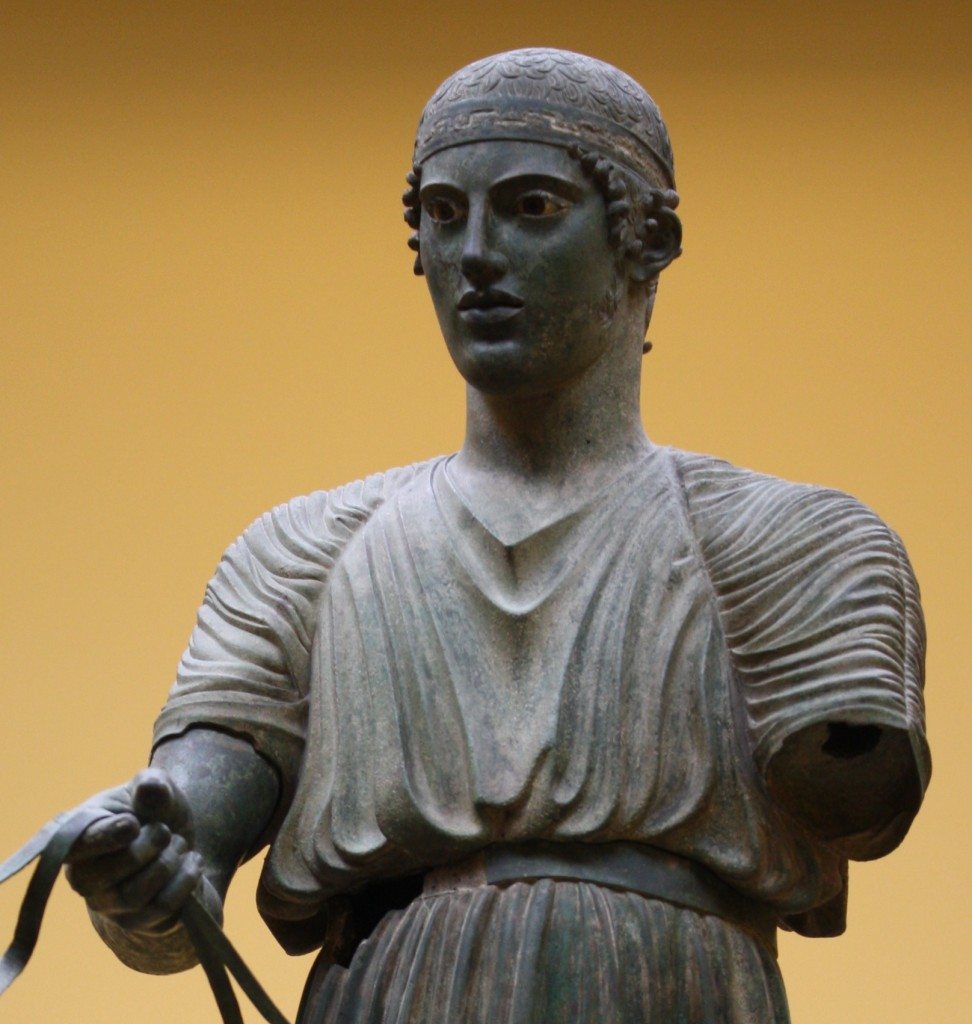
Delphi Charioteer (Detail)
The Artemesium Zeus
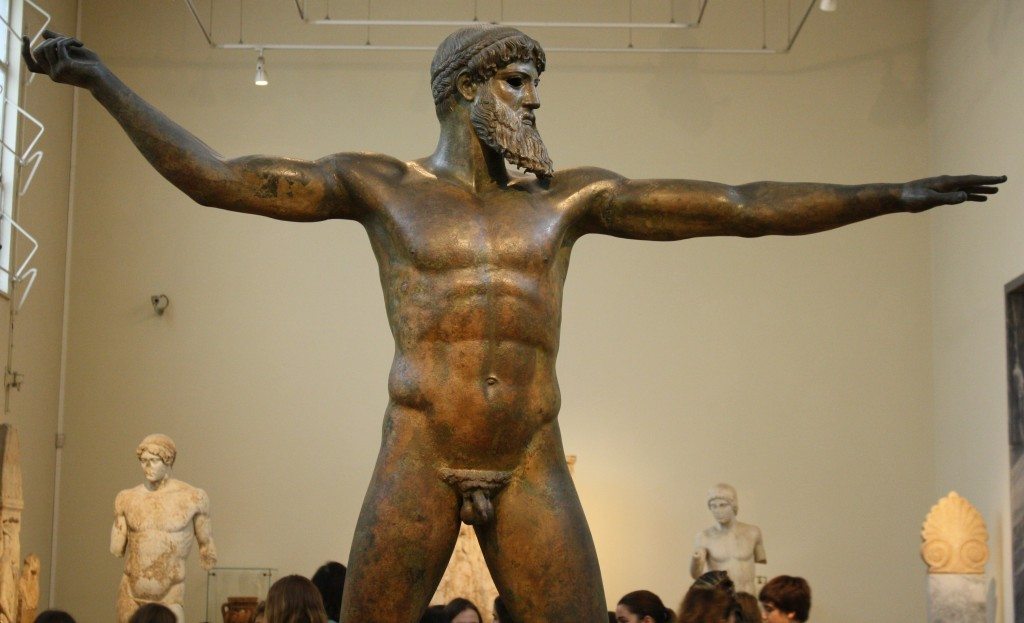
The Artemesium Zeus (or Poseidon), c. 460 BCE. National Archaeological Museum, Athens.
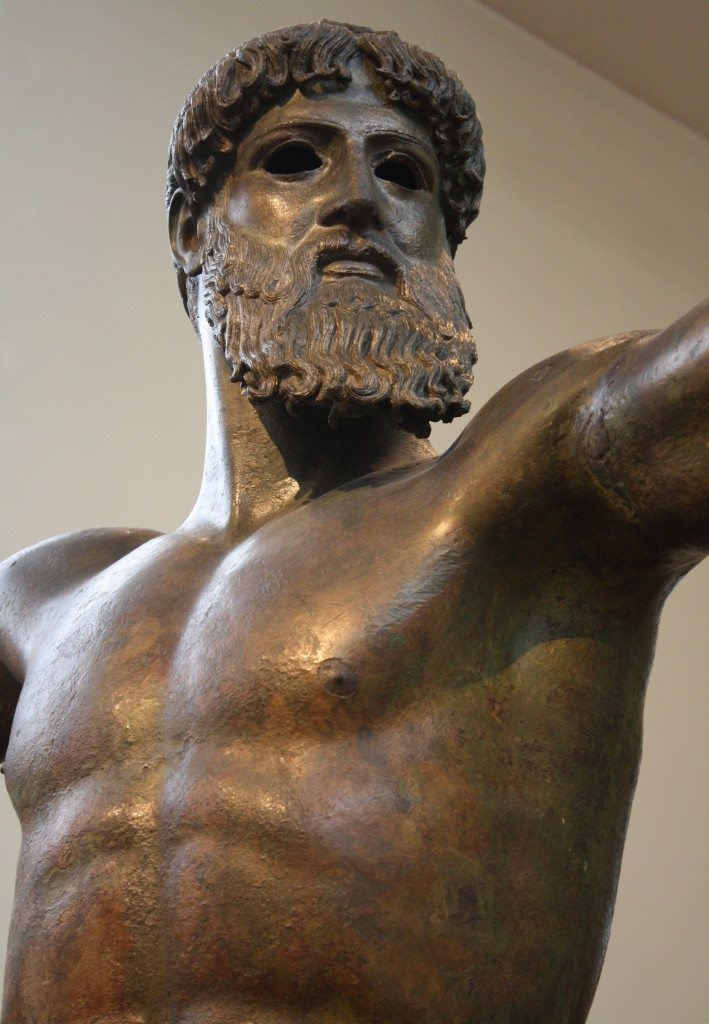
The Artemesium Zeus (Detail)
The Antikythera Youth
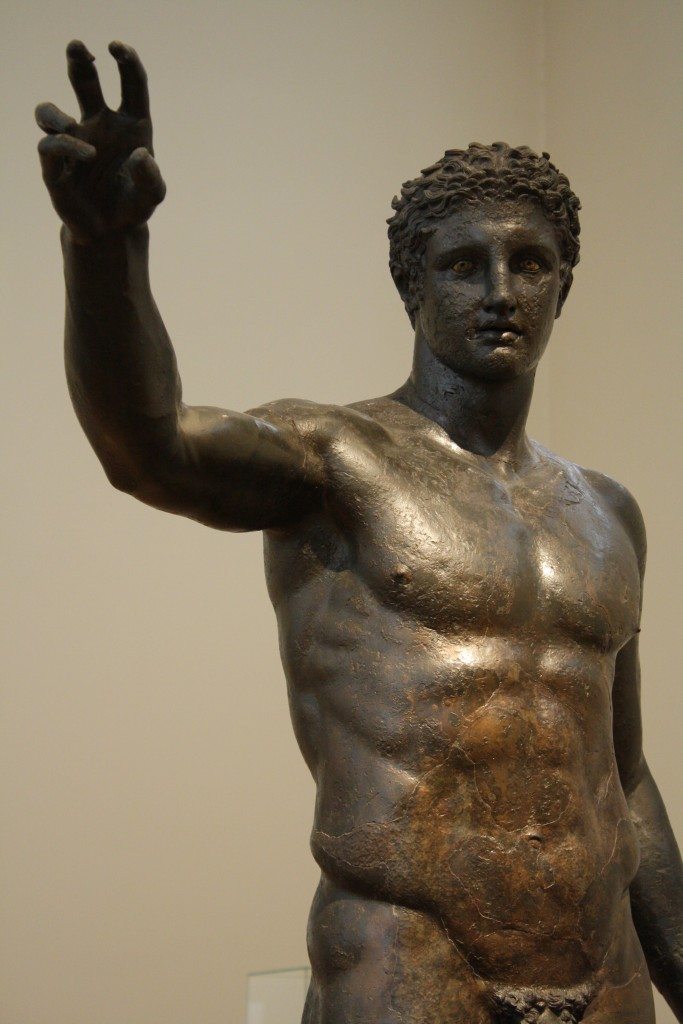
The Antikythera Youth, c. 340 BCE. National Archaeological Museum, Athens.
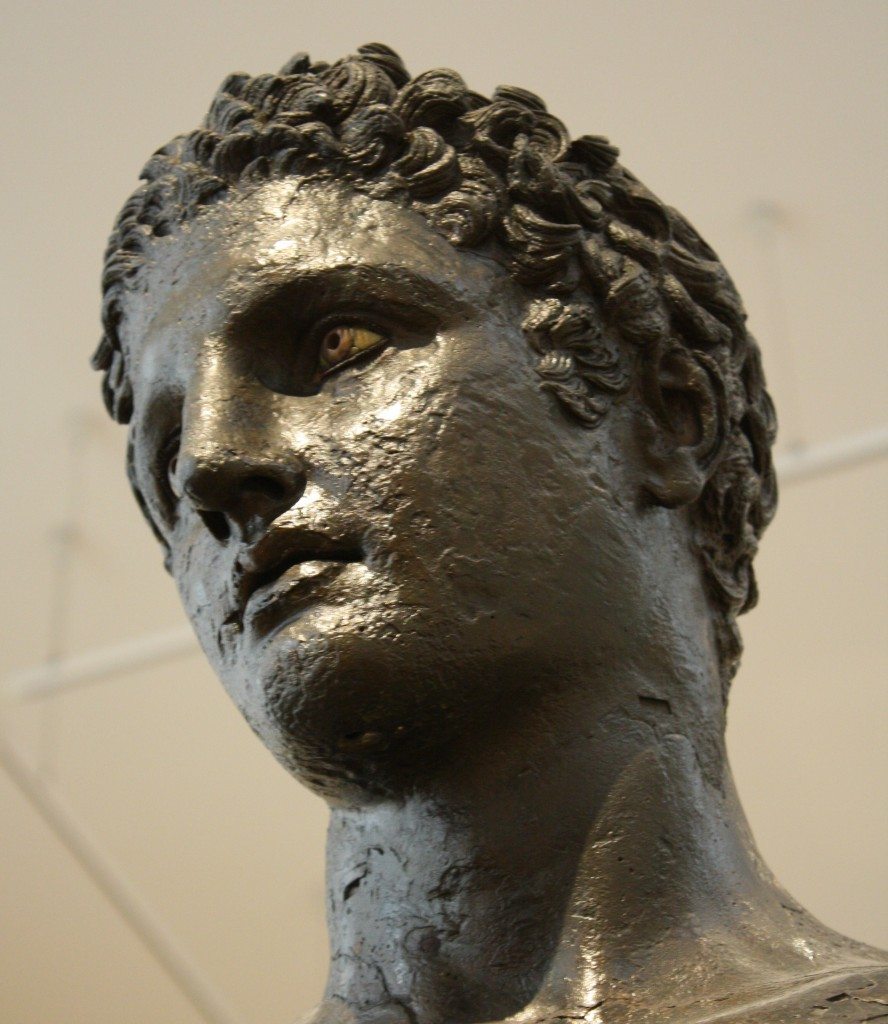
The Antikythera Youth (Detail)
Artemis by Euphranor

The bronze Artemis attributed to Euphranor, mid-4th century BCE. Archaeological Museum of Piraeus.

The Euphranor Artemis (Detail)
Victorious Athlete
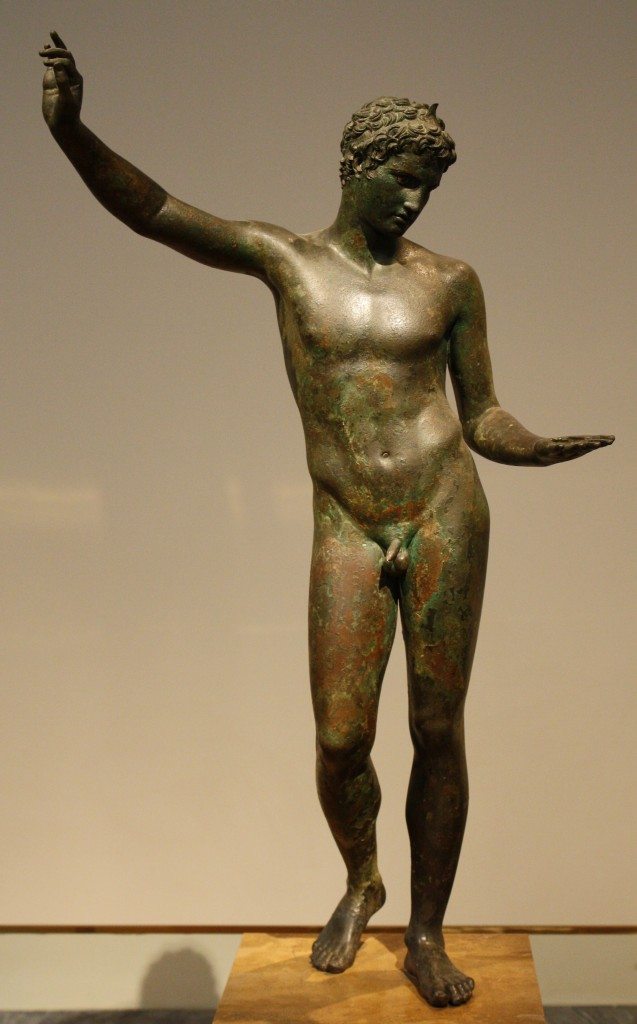
A Greek athlete wearing a crown of victory. 340-330 BCE, National Archaeological Museum, Athens.
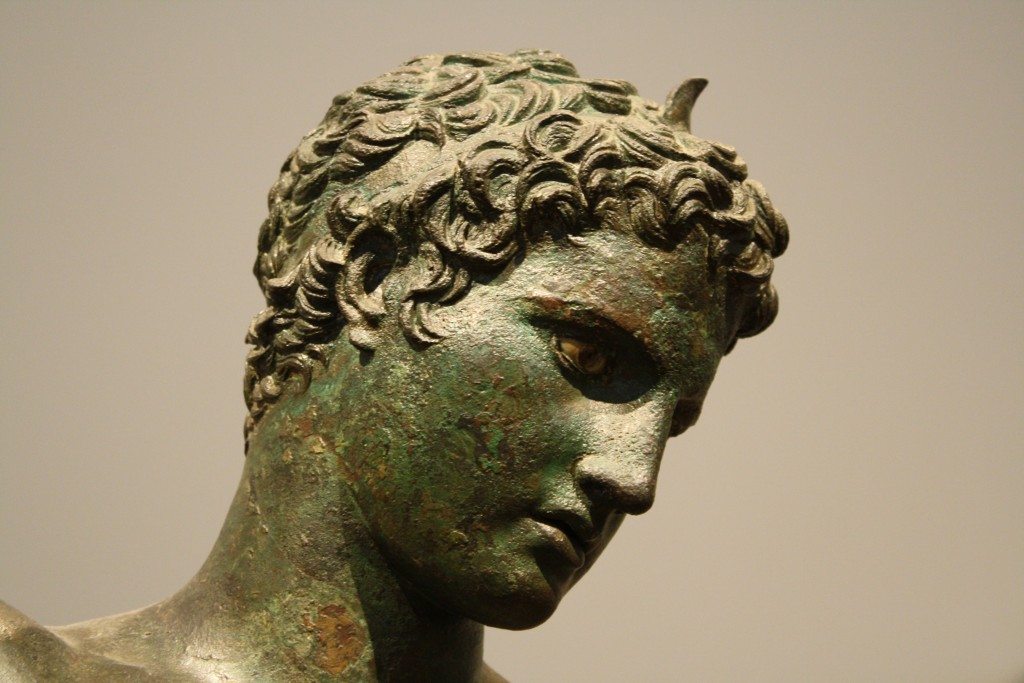
Victorious Athlete (Detail)
The Piraeus Athena
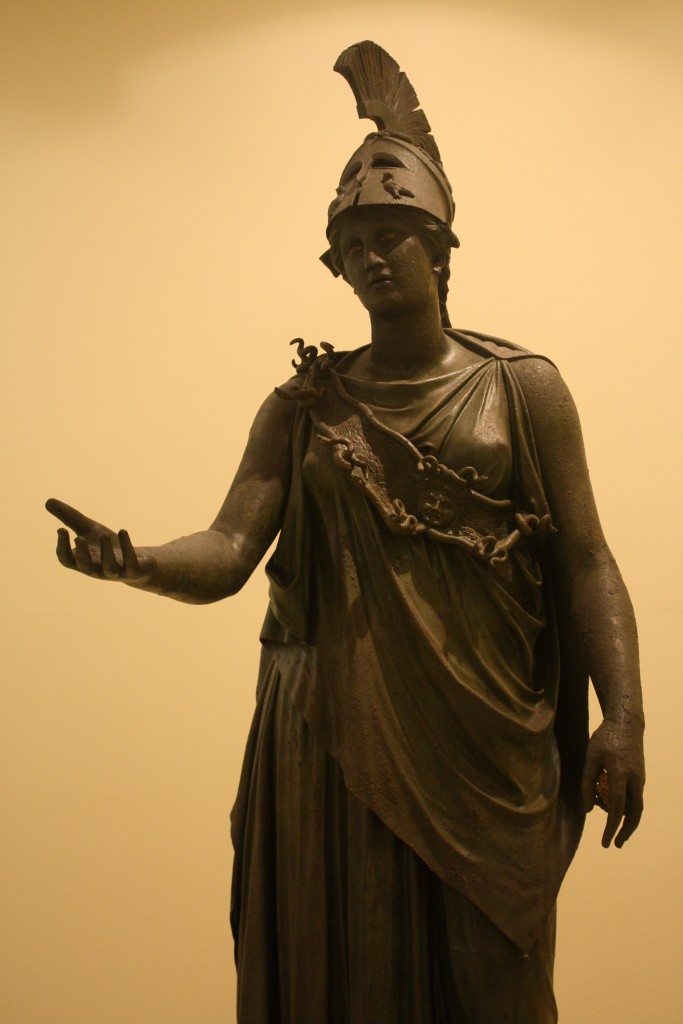
The Piraeus Athena, possibly 4th century BCE. Archaeological Museum of Piraeus.
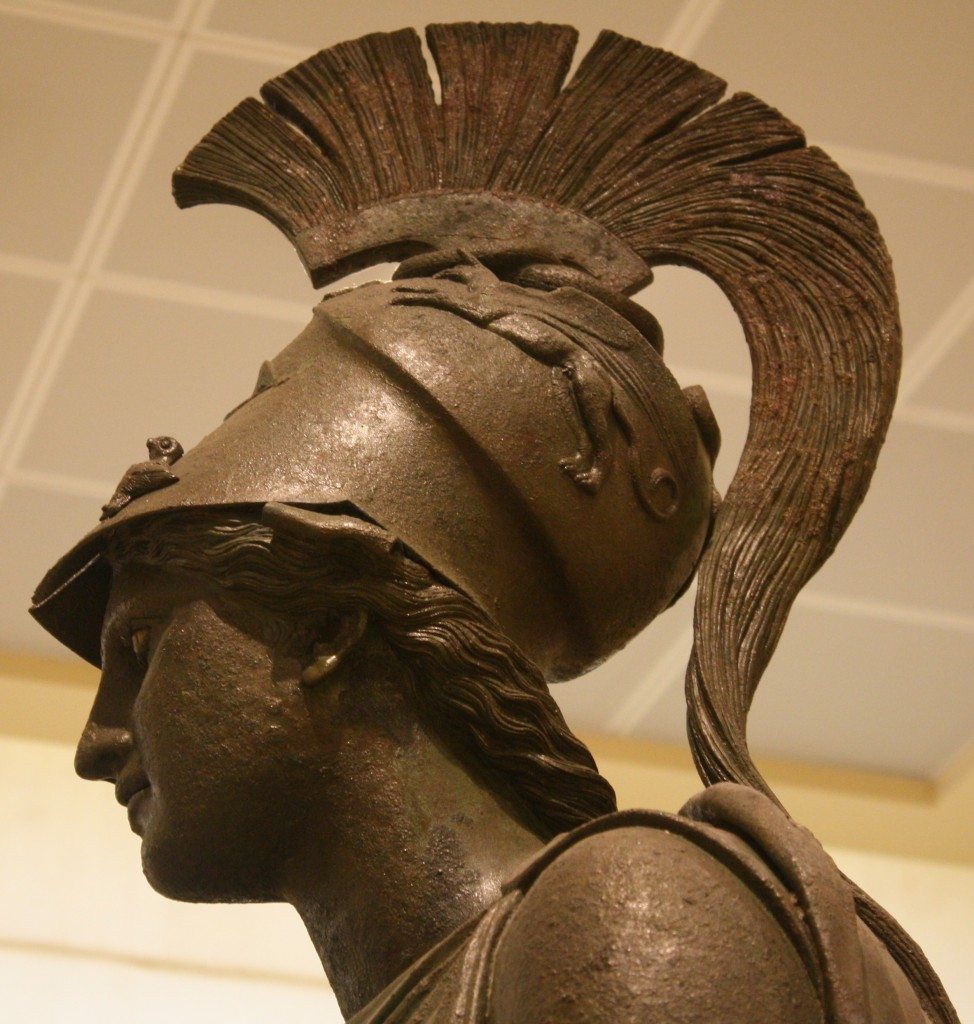
The Piraeus Athena (Detail)
The Hellenistic Prince
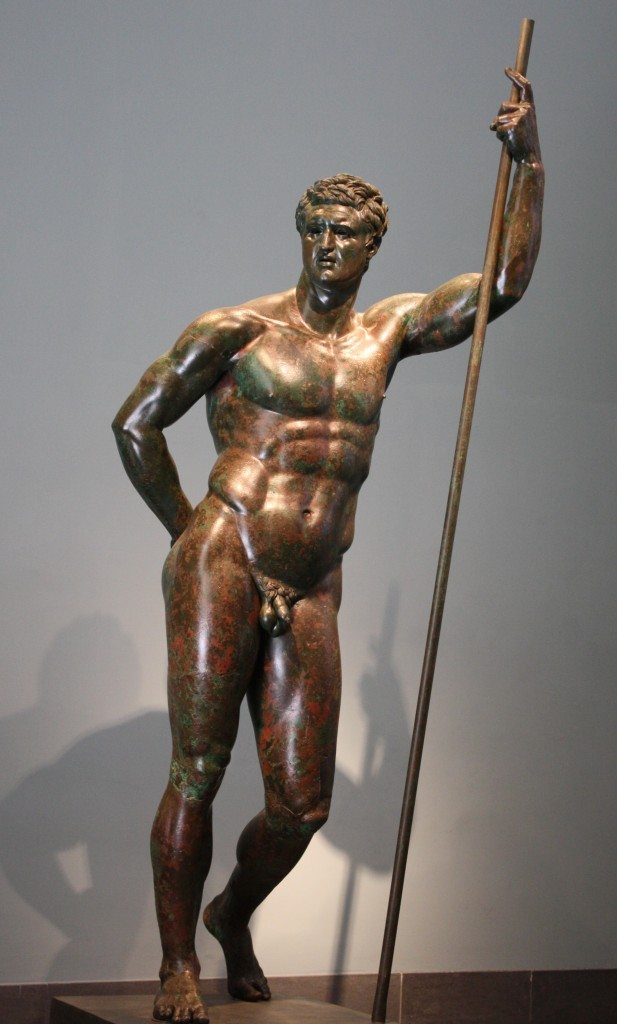
The Hellenistic Prince. Palazzo Massimo alle Terme, Rome. Dating to the 2nd century BCE, the subject is perhaps king Attalus II, king of Pergamon.

The Hellenisitc Prince (Detail)
All images taken by the author.
